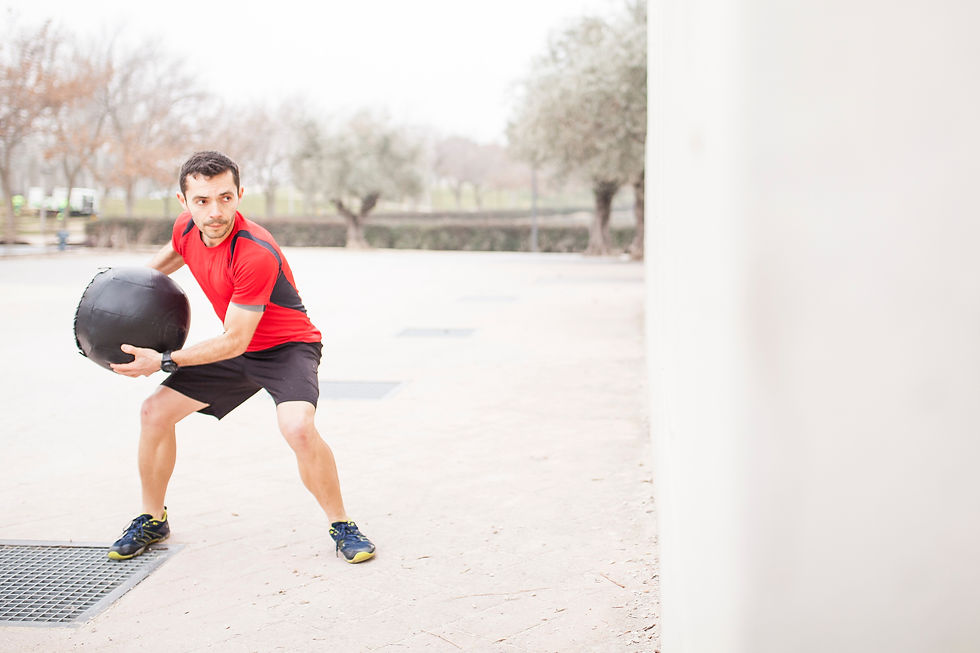RAISE YOUR ARM! WHY YOU SHOULD DO AN END OF SEASON ARM EVALUATION??
- Kathy Ceisel

- Apr 11, 2023
- 3 min read
Updated: Nov 10, 2023

In our first newsletter, we discussed the need for an end of season evaluation for our baseball players to address poor or compensatory movement patterns. Why is this SO important? The repeated act of throwing causes changes in range of motion in the arm from high eccentric stress to the rotator cuff. Stress on the arm can cause significant muscle soreness and ultimately alter movement patterns in the arm in the following days. Pitchers are particularly at risk, and not at the arm as the trunk and legs play a significant role in the task of throwing.
Both acute and chronic throwing workload can irritate and inflame tissues at the rotator cuff. A 2008 study showed significant decreases in shoulder internal rotation, total motion, and elbow extension following pitching. These changes were noted immediately post pitching and continued to exist 24 hours afterwards. The cumulative effect of pitching over the course of the season can progress to long term alternations in movement and restricted mobility and injury.
Mike Reinold, PT/ATC and special medical advisor to the Chicago White Sox published a study that Major League Baseball pitchers lose between 3-4% of rotator cuff strength over the course of a season. This is significant considering they have well planned exercise programs by the best S &C coaches, access to all the needed equipment/tools, and immediate, daily access to medical team/trainers. It has also been shown that pitchers lose between 11-18% of arm strength from fatigue over the course of a game.
The most significant risk factors for elbow injury were loss of shoulder external rotation (the layback position) and loss of shoulder flexion (overhead reach). Injury risk at the elbow went up 7% for each degree of external rotation loss and 9% for each degree of flexion loss. As little as 5 degrees of motion loss can impact players; this is imperceivable to the athlete, their coach, and day to day mechanics. Left unaddressed, these changes can become cumulative over months and years of throwing that lead to pain. Internal rotation deficits can also be present due to tightness in the posterior shoulder and its effect in follow through motion.
Therefore, it is imperative a qualified medical professional such as a physical therapist screen the shoulder at the end of the season. The shoulder must have good mobility in all directions. Mobility involves your muscles and joints working together to control and move your body through a wide range of motion. Regaining full motion may need to involve soft tissue work and very specific mobility exercises in multiple directions. Mobility work MUST precede strengthening work.
All the rotator cuff and scapular muscles need to be evaluated and addressed. While strength training is recommended 3x/week, strengthening the large groups (like during bench press) are overutilized. Often it is the smaller posterior shoulder muscles that need fine tuning as these muscles are responsible for decelerating the arm when throwing.
TRAINING OPTIONS
Vary types of load-medicine balls, bands, weights, kettlebells
Vary types of contraction: isometric, concentric and eccentric
Vary positions: tall kneeling, ½ kneeling, sidelying, laying on your stomach. Use unstable surfaces!
Use bodyweight positions: Bosu, TRx, planks, one and two arm work, pull up variations, and hangs
Vary speed of movement
Change Work/Rest ratios
Grab a partner
Every muscle needs to be doing their job!
In our next segment, we will discuss how the mid back and shoulder blade also influence shoulder mobility and strength.







Comments